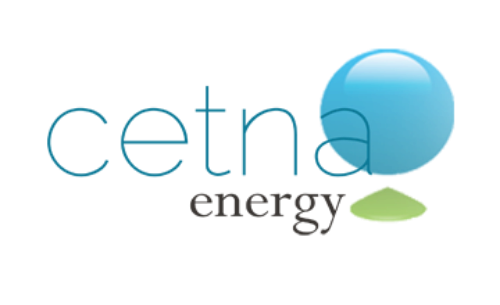OUR TECHNOLOGY
Cetna Energy utilizes a proprietary advanced thermochemical conversion technology capable of converting most carbon-containing raw materials into renewable (blue and/or green) hydrogen and renewable diesel fuel and jet fuel. Cetna's process can also be designed to produce other forms of high demand energy including liquid alcohols, commodity chemicals, gases or electricity. Cetna Energy is focused on primarily woody biomass feedstocks from mill residues. However other renewable feedstocks, inexpensive fossil feedstocks, coal, and "at need" feedstocks such as sewage sludge and pulp sludge are also feedstocks that Cetna has tested and is capable of converting into a usable energy source.
Cetna Energy's technology has been optimized over 35,000 hours of pilot and demo run time. There are three key operating characteristics in Cetna's technology that make it sustainably competitive:
Controlling Contact / Reaction time in the FT reactor
The distribution of temperature within the FT reactors
Optimizing and controlling the syngas ratios
Cetna Energy utilizes a proprietary thermochemical conversion technologies that include; gasification/reformation and Fischer-Tropsch catalysis. Cetna is also a direct owner of proprietary Fischer-Tropsch catalysts. By using a multi-reactor gasification design, instead of Lurgi or fluidized bed reactors, allows for higher temperature ranges with greater control. Higher temperatures means a more effective utilization of feedstocks thus producing a more effective synthetic gas. And by producing a more effective synthetic gas Cetna is able to generate yields at the plant 30 to 40% greater than competitive designs.
Cetna's plants are designed and constructed in 50 tons per day modules. The modular design allows for flexibility throughout the entire process. Cetna uses off-the-shelf equipment. Our technology has virtually no design vents which means the only emissions from the plant are fugitive emissions from pumps, valves, and similar. Greenhouse gas emission reductions are estimated by Auburn University at 80-90%.
